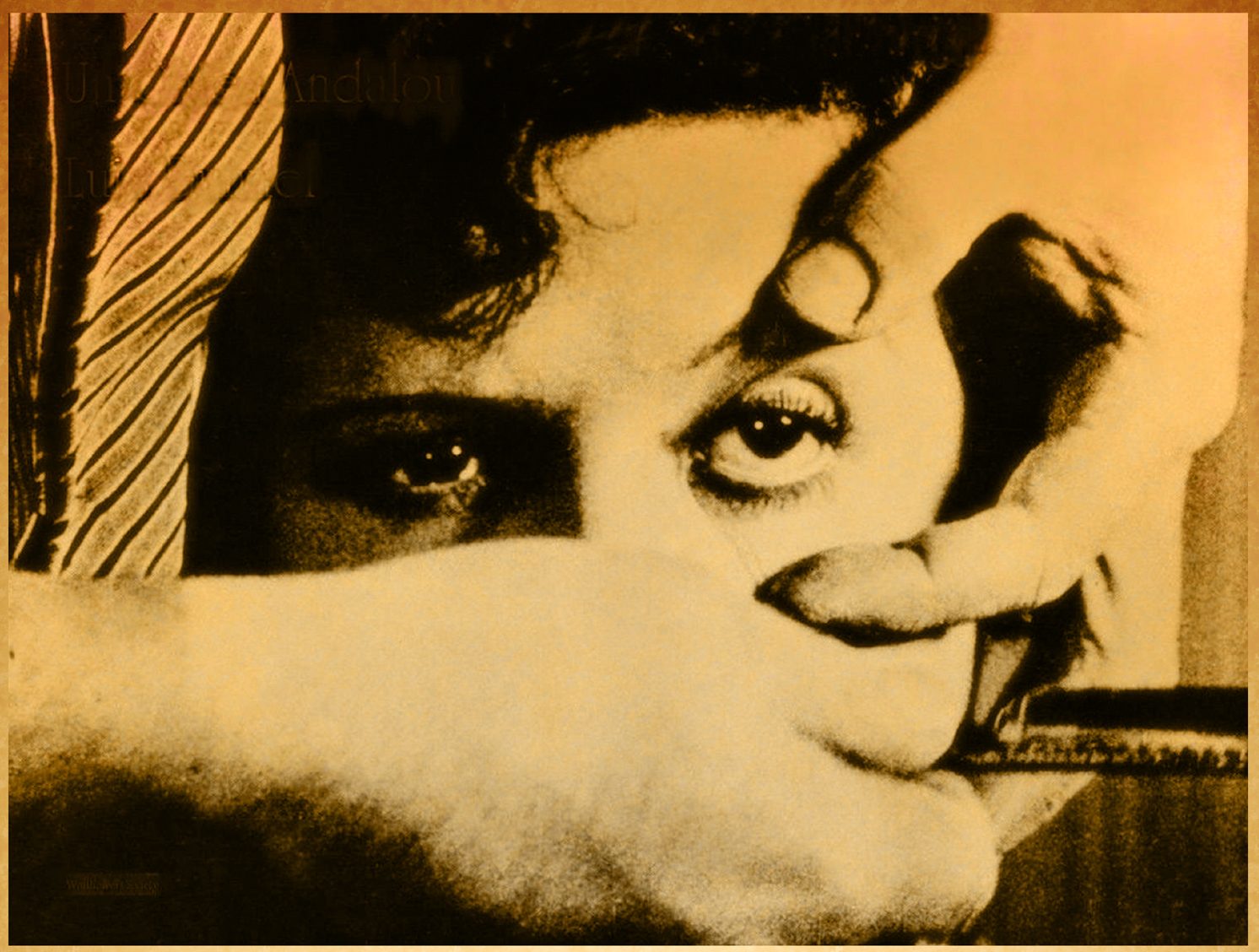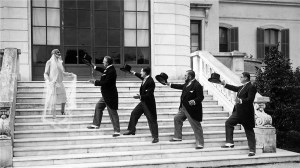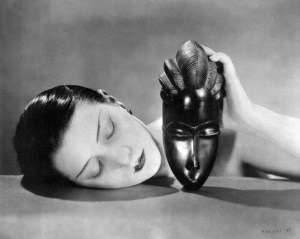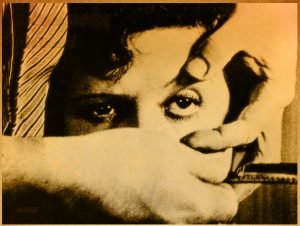
An Evening of Surrealist Cinema
Thursday, Feb. 27 · 7 pm - 9 pm Longmont Museum 400 Quail Rd., Longmont, CO 80501

Join us for an evening dedicated to some of the pioneers of Surrealist Cinema, including René Clair, Germaine Dulac, Luis Bunuel, Salvador Dali and Jean Cocteau. A close cousin to Cubsim, Surrealism attempted to bring the unconscious mind to visual life resulting in uncanny and often nonsensical combinations of objects, people and landscapes. Featuring Entr’acte, The Seashell and the Clergyman, and Un Chien Andalou.
This night of film is part of our Thursday Nights @ the Museum series. Join us every Thursday from Jan. 23 – May 1 for concerts, films, and free talks in the Longmont Museum’s Stewart Auditorium.
Learn more about our other Thursday Night programs.
The Museum galleries are also open late on Thursday nights. Explore the Picasso exhibit with extra hours from 5 – 9 pm before your program.

Entr’acte (1924, 22 minutes)
One of the seminal films of the surrealist art movement, “Entr’acte” (1924) brought together three of the great French artists of its time: Francis Picabia, Erik Satie, and René Clair. Presented in two parts as the introduction and intermission of a ballet, “Entr’acte” has the twin virtues of formal innovation and extraordinary humor.

The Seashell and the Clergyman (1928, 38 minutes)
A complex, controversial and multi-layered film directed by Germaine Dulac, from an original scenario by Antonin Artaud. The British Film Institute included “The Seashell and the Clergyman” on a list of 10 Great Feminist Films, describing it as “a visually imaginative critique of patriarchy – state and church – and of male sexuality.”

Un Chien Andalou (1929, 16 minutes)
Luis Buñuel’s legendary first film, written with Salvador Dalí, created a scandal at its premiere and has continued to shock viewers ever since. Despite Buñuel and Dalí’s energetic rejections of any rational meaning in the film, “Un Chien Andalou” reveals itself as an exploration of desire and the obstacles in the path of instinctual passion, as equally indebted to Surrealism and as it is to Freud.
